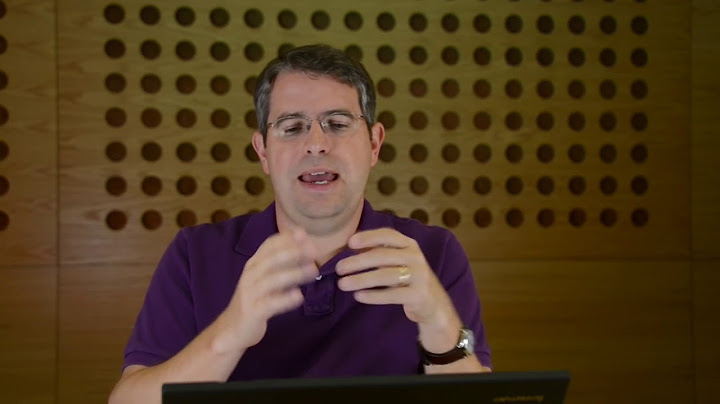 The Social Security Administration (SSA) provides two programs for those who are disabled: Supplemental Security Income (SSI) and Social Security Disability Insurance (SSDI). Those who qualify for disability benefits might wonder which one pays more. Show First, let’s talk about what SSI and SSDI cover. SSI benefits can provide extra money to low-income, low-asset adults and disabled children. SSDI is available for those who have earned Social Security-covered income and can no longer work. Both SSI and SSDI can provide necessary income to those who need it. The amount that each pays depends on the individual. Does SSI or SSDI Pay More?In general, SSDI pays more than SSI. Based on data from 2020:
Those with disabilities can receive a lot more from SSDI than from SSI. Some people will be eligible for benefits from both programs. Also, some states will offer small supplementary benefits to SSI. According to SSI federal payment amounts for 2020, the most someone can get for SSI is $783 per month. If someone applies and has an eligible spouse too, the maximum is $1,175 per month. Both amounts are still less than the average for SSDI. SSDI benefits will depend on the person’s work history. The SSA will determine their benefits based on how much they’ve paid into Social Security. Those who need help seeking SSI or SSDI payments should talk to a Social Security Disability lawyer. When Do You Receive SSI Payments?The SSA pays SSI and SSDI benefits at different times. If you are eligible for both benefits, it’s good to know when your payments will come. You will get your SSI benefits on the first of each month. The first payment starts the month after your application. If the first of the month is on a weekend or holiday, you’ll get your benefits the business day before. You can receive your SSI payments in one of three ways:
The SSA asks that you wait until the fourth business day to contact them about missing mail payments. When Do You Receive SSDI Payments?There is a waiting period before you can receive SSDI. You must have been disabled for five months before you can get benefits. If SSA approves your application, you’ll start getting paid the sixth full month after you become disabled. The monthly date for SSDI payments depends on your birth date:
Each monthly payment will be for the previous month’s benefits. For example, you will receive your benefits for January in February. If you receive both SSI and SSDI benefits, the SSA will pay them together on the third day of every month. Many people struggle when applying for disability benefits. It’s often difficult to get approval, even if you know you qualify. Talk to a Social Security Disability lawyer to get help with your claim or an appeal. John Foy & Associates can help. To get a FREE consultation, call (404) 400-4000 or contact us online today. Back Payments for Disability BenefitsAfter the SSA approves you for SSDI or SSI, you might receive back payments. You might be eligible for back pay if your disability started well before you start receiving benefits. Your back pay amount will depend on:
What Is the Difference Between SSI and SSDI?Both SSI and SSDI provide income for those in need. However, each program has different requirements. According to the Georgia Department of Public Health (GDPH), SSI pays disability benefits to:
Those on SSI would have difficulty paying for necessary living costs without benefits. SSI benefits depend on financial needs and disabilities. If you apply for SSI, the SSA will look at your earned income and assets. It will also see if you have a medical condition that will last for at least 12 months. SSDI is only available to those who have paid into Social Security taxes. If you earned wages or self-employment income, you have probably contributed to Social Security. If you have enough “work credits” from paying into taxes, you might be eligible for SSDI benefits. Like SSI, you must have a disabling condition to qualify for SSDI. The severity of your condition does not determine how much SSI or SSDI pays. Medicaid vs. MedicareThere are other benefits besides income with SSI and SSDI. Most people who receive SSI will immediately qualify for Medicaid. Medicaid is a program that provides healthcare coverage. Those on SSDI might be able to receive Medicare. However, they must wait two years to become eligible for benefits. Medicare provides health insurance for routine hospital services. For a free legal consultation, call 404-400-4000 Talk to a Social Security Disability Lawyer for Free TodaySSDI pays more compared to SSI for most people. However, both programs can provide benefits for necessary needs. If you need help from SSI or SSDI (or both), contact a Social Security Disability lawyer. At John Foy & Associates, we have helped countless clients get the benefits they need. We can help you with the application process, appeal process, and everything else. To get a FREE consultation, reach out to us today. Call (404) 400-4000 or contact us online for your FREE consultation. Call or text 404-400-4000 or complete a Free Case Evaluation form |

Postagens relacionadas
Publicidade
ÚLTIMAS NOTÍCIAS
Publicidade
Populer
Publicidade

direito autoral © 2024 cemle Inc.




























